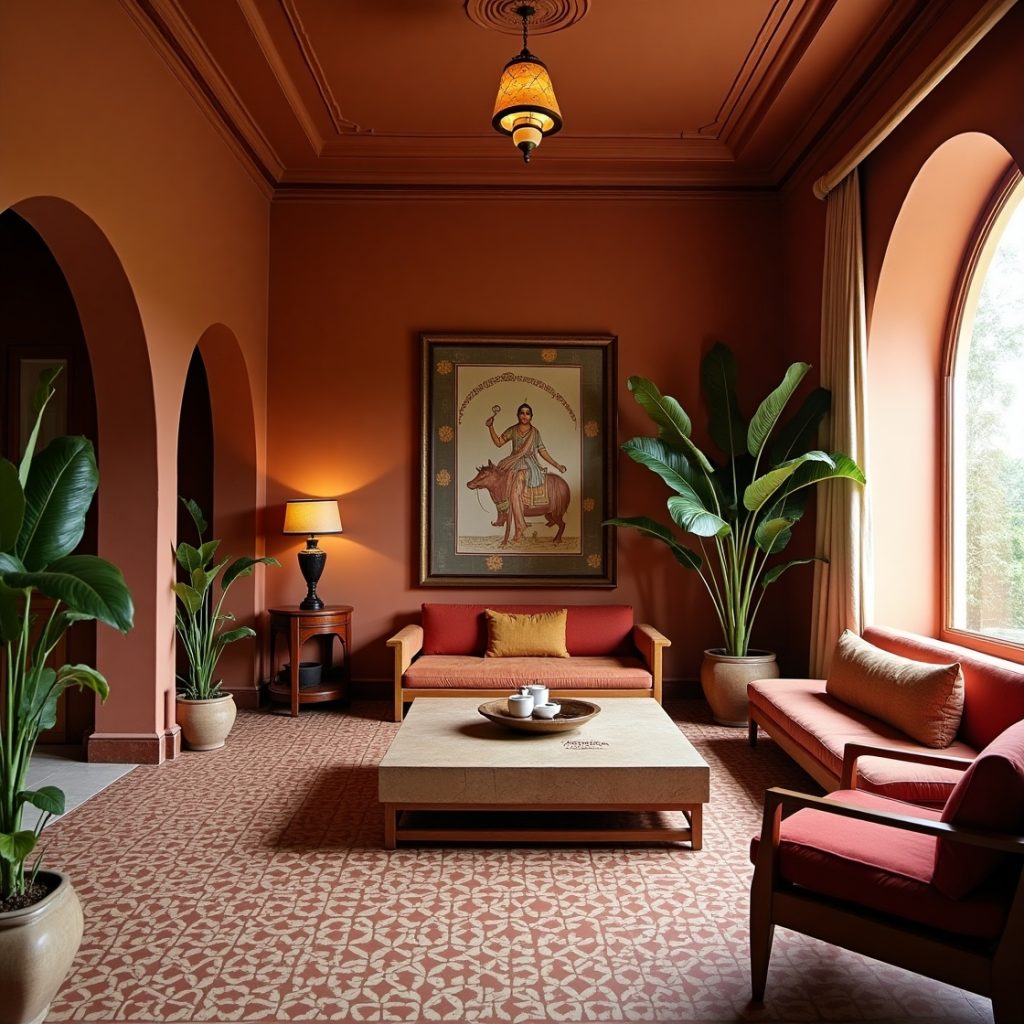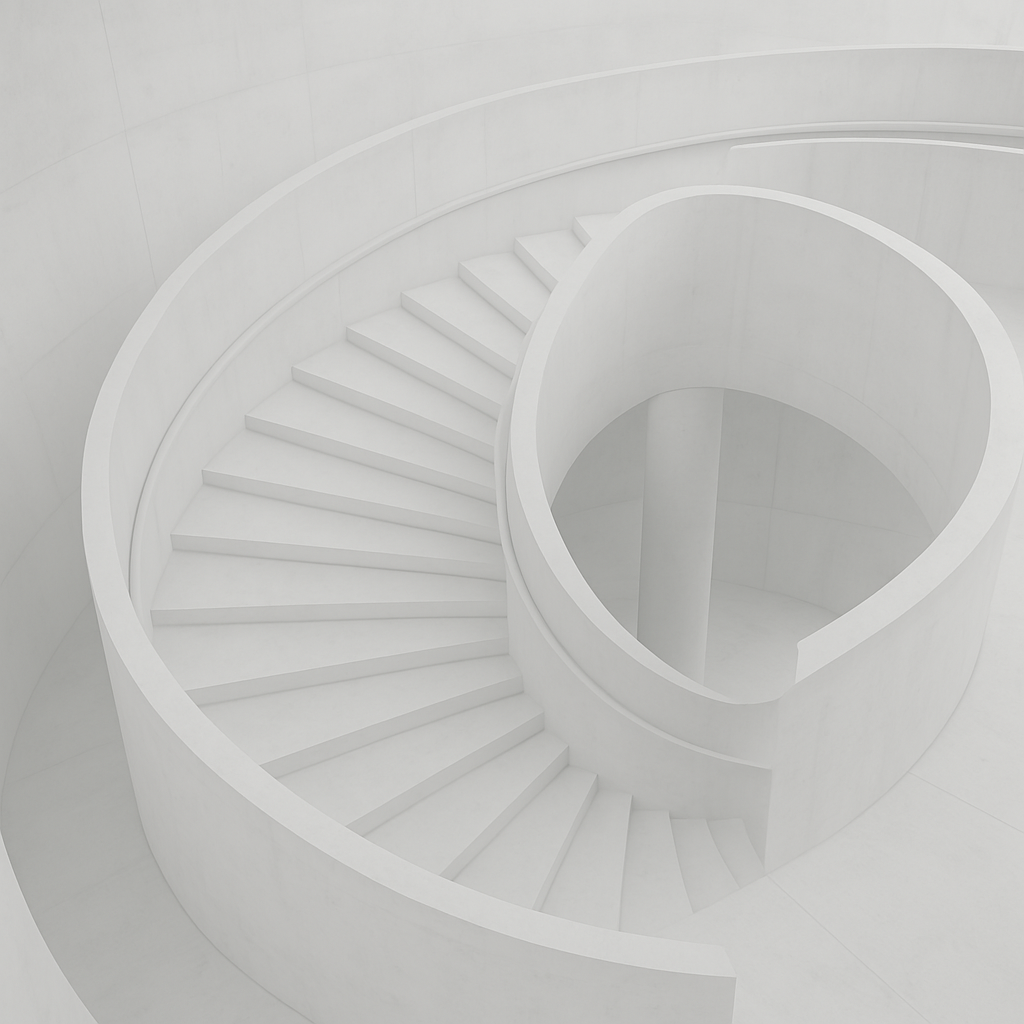Revolutionize Your Space: The Essential Role of Interior Designers in 2025
Navigating Trends, Harnessing Technology, and Maximizing Value
The world of interior design is undergoing a remarkable transformation as we move into 2025. With projected market growth reaching USD 81.2 billion by 2030 and an impressive CAGR of 18% from 2025 to 2030, the industry is not just expanding—it’s evolving. Today’s interior designers offer far more than aesthetic advice; they bring technical expertise, technological knowledge, and sustainable solutions that can significantly enhance your living or working space. Whether you’re renovating your home, designing a new office, or updating a commercial space, understanding why professional design services matter in 2025 could be the difference between a good space and an exceptional one.Interior Design Trends 2025: Why Professional Expertise Matters.
Why Professional Expertise Matters:
The interior design trends 2025 are focusing heavily on sustainability and smart home integration. These aren’t just passing fads but represent fundamental shifts in how we interact with our living and working environments. Professional designers stay ahead of interior design trends 2025 to create spaces that won’t quickly become outdated.
According to industry research, textured surfaces, color-drenched rooms, statement lighting installations, and vintage-modern fusion are among the dominant design elements emerging in 2025. Without professional guidance, navigating these trends can be overwhelming and potentially costly if implemented incorrectly.
“Many homeowners attempt to follow trends they see online, but lack the technical knowledge to execute them properly,” explains a design industry expert. “This often results in spaces that feel disjointed or impractical for daily use.”
What the Best Interior Designers 2025 Bring to Your Projects
Finding the best interior designers 2025 has to offer requires research and understanding your specific needs. The best interior designers 2025 will showcase is a blend of creativity, technical expertise, and business acumen.
Technical Expertise and Industry Knowledge
Professional designers bring formal training in spatial planning, color theory, materials science, and building codes. This technical foundation allows them to make informed decisions that balance aesthetics with functionality and safety.
In 2025, this expertise extends to understanding complex integrated systems. With 40% of architecture, engineering, and construction professionals already using sustainable design analysis and another 45.6% planning to adopt it within five years, technical knowledge has become increasingly important.
Access to Exclusive Resources and Materials
One often overlooked advantage of hiring a professional is access to trade-only resources. The best interior designers have established relationships with vendors, craftspeople, and manufacturers that aren’t available to the general public.
These connections translate to:
- Access to unique, high-quality materials
- Trade discounts that can offset design fees
- Custom solutions for challenging spaces
- Priority service from contractors and suppliers

How Professionals Stay Ahead of Current Interior Design Trends
Understanding current interior design trends helps homeowners make timeless choices for their spaces. Professional designers stay updated on current interior design trends while adding their unique perspective.
Continuous Education and Professional Development
Unlike DIY enthusiasts who might occasionally browse design magazines, professional designers invest in continuous education. They attend workshops, take certification courses, and participate in industry conferences to refine their skills and knowledge.
This commitment to learning ensures they bring the latest techniques and innovations to your project, rather than relying on outdated approaches.
Technology Integration and Smart Solutions
The integration of technology into interior design has accelerated dramatically. Smart home systems, IoT-enabled environments, and immersive entertainment solutions are becoming standard features in modern homes and offices.
Professional designers understand how to seamlessly integrate these technologies into your space without compromising aesthetics. They can recommend systems that work together cohesively and anticipate future technological developments to ensure your space remains current.
Sustainable Design Practices
Many current interior design trends are evolving toward more sustainable and technology-integrated solutions. Sustainability has moved beyond being a trend to becoming a fundamental design principle.
Professional designers can help you:
- Select eco-friendly materials with lower environmental impact
- Implement energy-efficient lighting and climate control systems
- Design spaces that maximize natural light and ventilation
- Create biophilic designs that connect occupants with nature
These sustainable approaches not only reduce environmental impact but often result in healthier living environments and reduced operating costs.
Why Top Interior Designers Are Worth the Investment
Working with top interior designers gives you access to exclusive resources and innovative solutions. The portfolios of top interior designers showcase their ability to transform ordinary spaces into extraordinary environments.
Long-term Cost Savings and Value Addition
While the upfront cost of hiring a designer may seem significant, the long-term financial benefits often outweigh this initial investment:
- Increased property value through professional design
- Avoided costly mistakes and rework
- More efficient use of your budget
- Access to trade discounts on materials and furnishings
- Spaces designed for longevity rather than requiring frequent updates
Research indicates that professionally designed spaces can increase property values by up to 15%, providing tangible financial returns beyond the aesthetic improvements.
Time and Stress Reduction Benefits
The design and renovation process can be incredibly time-consuming and stressful for those without experience. Professional designers take on the burden of:
- Researching products and materials
- Coordinating with contractors and vendors
- Managing timelines and deliveries
- Troubleshooting unexpected issues
- Handling administrative tasks and paperwork
This time savings is particularly valuable for busy professionals and families who can’t dedicate countless hours to managing a design project.
Personalized Solutions for Unique Spaces
Perhaps the most significant value designers bring is their ability to create truly personalized spaces. Top interior designers don’t impose a signature style but rather work to understand your preferences, needs, and lifestyle.
This personalization extends beyond aesthetics to include:
- Spaces optimized for your specific activities and routines
- Solutions for challenging architectural features
- Designs that accommodate special needs or accessibility requirements
- Environments that reflect your personal story and values

Conclusion: Making the Right Choice for Your Space
As we move through 2025, the value of professional interior design services continues to grow. The complexity of modern design—with its technological integration, sustainability considerations, and rapidly evolving trends—makes professional guidance more valuable than ever.
When considering whether to hire an interior designer, remember that their services represent an investment rather than simply an expense. The returns—both tangible and intangible—typically far outweigh the initial cost.
In 2025’s complex design landscape, professional guidance isn’t just a luxury—it’s a practical approach to creating spaces that are beautiful, functional, sustainable, and aligned with your unique needs and values.
Are you planning a design project in 2025? What aspects of professional design services do you find most valuable? Share your thoughts and experiences in the comments below.
